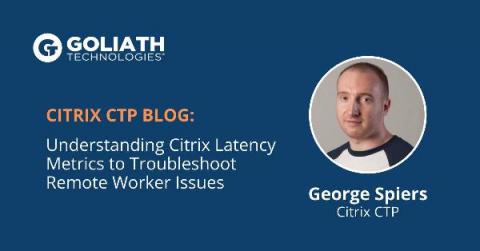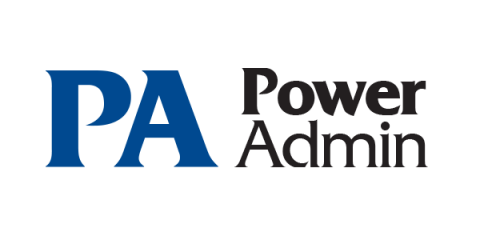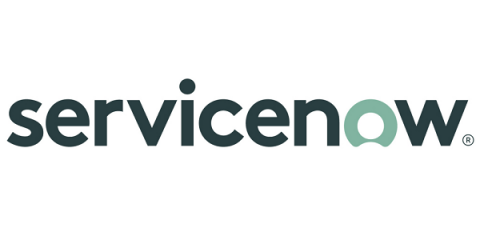Troubleshoot Home Worker Issues Using Citrix Latency Metrics
Latency, the delay before the transfer of data, is one of the critical user experience measurements for many technology solutions, and one of the top, when judging the quality of end-user experience on Citrix Virtual Apps and Desktops. Why is Citrix slow? Have you ever received a “Citrix is slow” user complaint? I will expect the answer to be yes. It is very common, even more so for remote workers.











